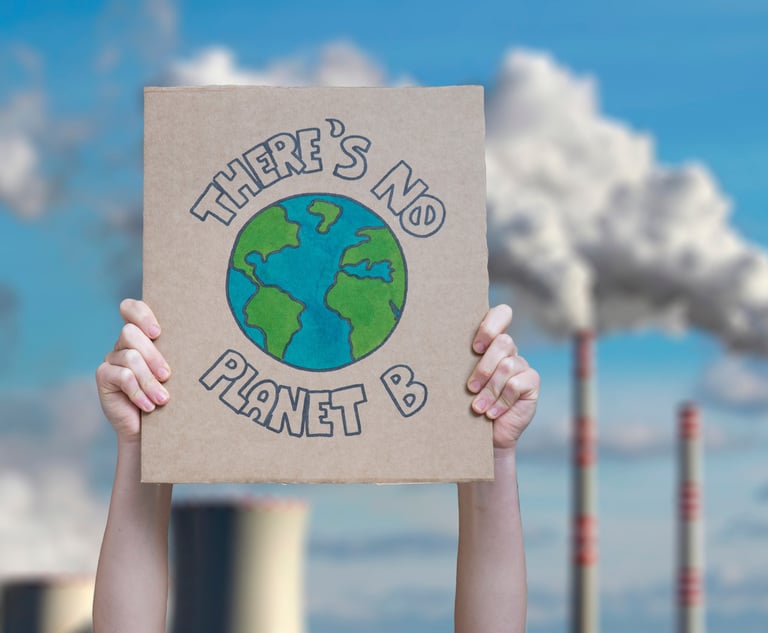(Bloomberg) -- Climate change can make heat waves more likelyand more severe, according to a study in the Bulletin of theAmerican Meteorological Society that found fewer clear links toextreme weather such as drought and storms.
|Twenty independent teams looked at 16 events around the world in2013, including in the U.S., Australia and Europe. They found thereis evidence that the burning of fossil fuels has increased the riskfor extreme heat waves.
|“How human influence affected other types of events such asdroughts, heavy rain events and storms was less clear, indicatingthat natural variability likely played a much larger role in theseextremes,” they wrote.
|Stephanie C. Herring, with the National Climatic Data Center, anAsheville, North Carolina-based unit of the National Oceanic andAtmospheric Administration, was lead editor of the study. It wasconducted in part because of growing public curiosity as to whetherclimate change plays a role in various severe weather events, suchas snowstorms.
|“This demand for information is a challenge for the scientificcommunity, especially when it is requested shortly after an eventwhen planning is under way to lessen the risk of future events,”the report said. “It is difficult to quantify the often multiplecausal factors among large weather variability.”
|The study concluded that climate change increased the chances ofheat waves such as those last year in Australia, New Zealand,Japan, Korea and China.
|Colorado Flooding
|However, the chances of heavy rainfall like the deluge thatcaused flooding in Boulder, Colorado, last year, are probably lowerbecause of human-caused weather changes. A blizzard that struckSouth Dakota last October also has a lower chance of recurring whenconsidering climate change, the study said.
|A large wind storm named Christian that swept northern Europeand the U.K., as well as a blizzard in the Pyrenees, couldn’t beconclusively blamed on climate change, the paper said.
|“When human influence for an event cannot be conclusivelyidentified with the scientific tools available today, this meansthat if there is a human contribution, it cannot be distinguishedfrom natural climate virility,” NOAA said.
|As computer models get better and tools improve, there may bemore answers in the future, said Thomas Karl, director of the datacenter.
|“That is how science evolves,” he said.
|Copyright 2018 Bloomberg. All rightsreserved. This material may not be published, broadcast, rewritten,or redistributed.
Want to continue reading?
Become a Free PropertyCasualty360 Digital Reader
Your access to unlimited PropertyCasualty360 content isn’t changing.
Once you are an ALM digital member, you’ll receive:
- All PropertyCasualty360.com news coverage, best practices, and in-depth analysis.
- Educational webcasts, resources from industry leaders, and informative newsletters.
- Other award-winning websites including BenefitsPRO.com and ThinkAdvisor.com.
Already have an account? Sign In
© 2024 ALM Global, LLC, All Rights Reserved. Request academic re-use from www.copyright.com. All other uses, submit a request to [email protected]. For more information visit Asset & Logo Licensing.








